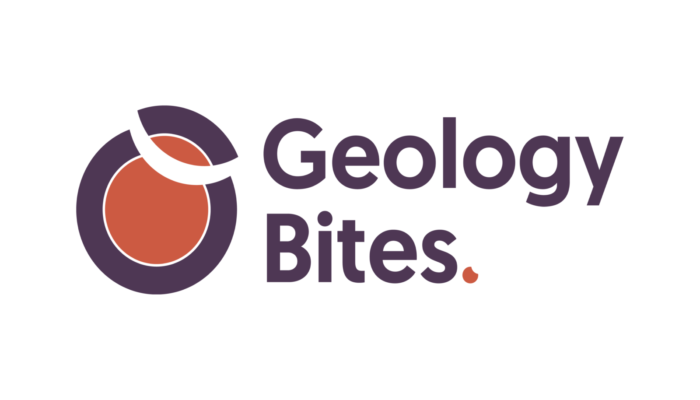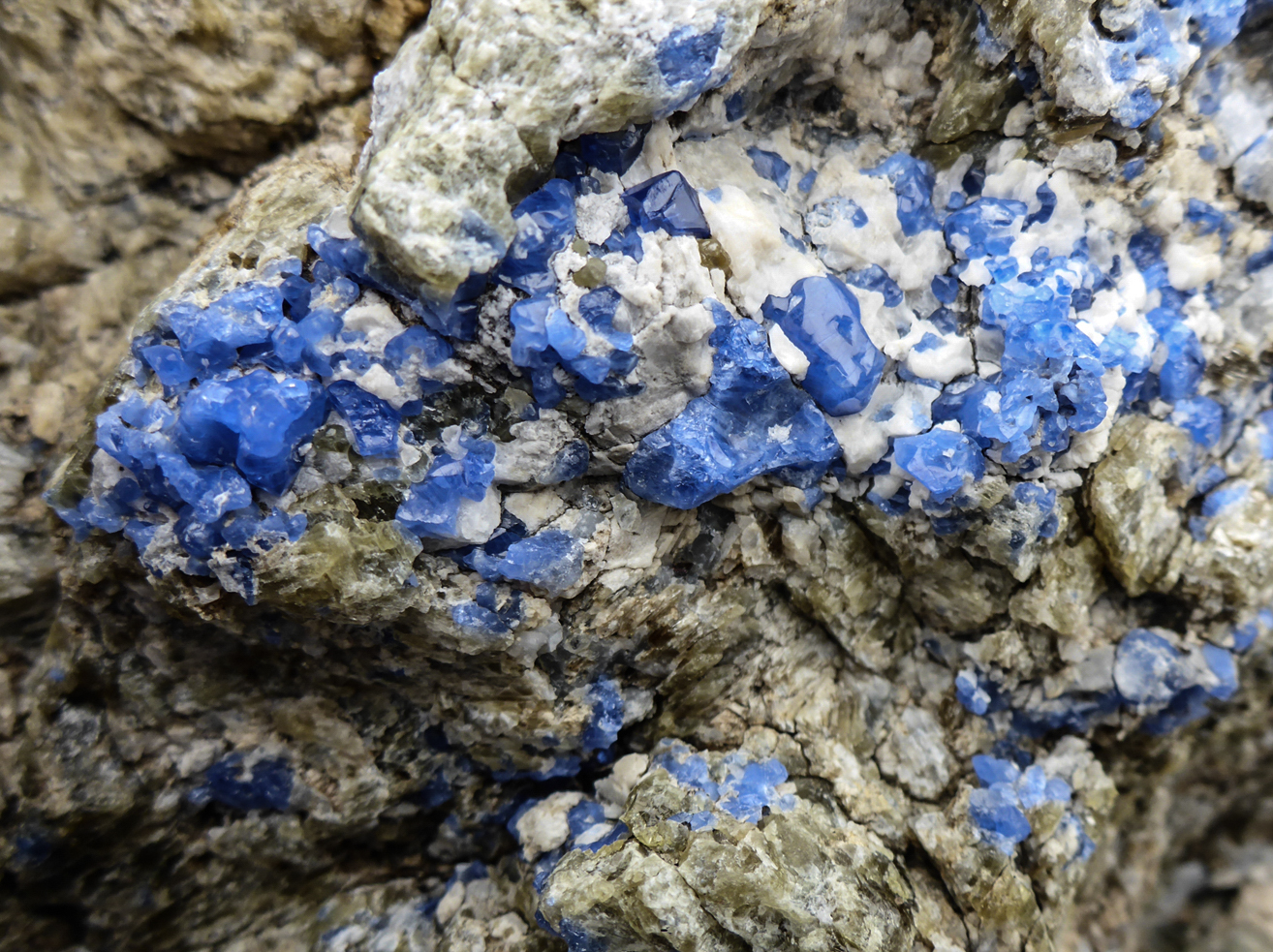
Podcast conversations about geology with researchers making key contributions
to our understanding of the Earth and the Solar System
Since you are reading an EGU Blog, you must already know how remarkable the field of geology is. The subject matter stretches the imagination – with its almost cosmological timescales, processes operating on scales from the atomic to the continental, and unimaginable extremes of temperature and pressure. But in addition to the intrinsic fascination of the subject, what also makes it remarkable is the ingenuity of its practitioners. Geology Bites aims to capture their key ideas and research projects in language that the non-specialist can understand. But while eliminating jargon, I have tried not to sacrifice the essence of the ideas, even when they are quite subtle or complex.
There are episodes on geophysics and seismology, tectonics, geodynamics, volcanism, paleontology, paleoclimate, mineralogy, geomorphology, and planetary science. Each episode consists of a 25-30 minute conversation in which I ask an eminent geologist to set the context of the topic at hand, and then describe an aspect of their research and explain what they’ve discovered. For each episode there is a page on with illustrations that back up the podcast.
Episodes that might be of particular interest to readers of this GMPV blog are:
• Lee Groat on How Gemstones Form (listen here)

The brilliant blue spinels on Baffin Island are the most spectacular gems Lee Groat has seen in the field. Courtesy of Lee Groat
• Clare Warren on Divining the History of a Rock (listen here)

Scanning electron microscope false color image of an eclogite from Bhutan for which Clare Warren determined the burial and exhumation history. The image is 80 mm across. Courtesy of Eleni Wood
• Steve Sparks on What Makes a Volcano Erupt (listen here)

New model of a volcano in which melted material is stored between crystals of an extensive mush. Courtesy of Steve Sparks
• Bärbel Hönisch on Reconstructing the Climate in the Distant Past (listen here)

Bärbel Hönisch uses the carbonate shells of foraminifera such as this which are preserved in ocean sediments to determine ancient sea temperature and atmospheric carbon dioxide. Courtesy of Howie Spero
The series currently has nearly 30 episodes, and I post new episodes every week or two – whenever they are ready. In pipeline right now:
• Marie Edmonds of Cambridge University on Volcanic Gas
• Sarah Stewart of the University of California Davis on a New Scenario for How the Moon Formed
• Gillian Foulger on Explaining Intra-Plate Volcanism Without Plumes
• Katie Stack of JPL/Caltech on Geological Mapping of Mars With the Perseverance Rover.
I hope you enjoy the series and do please send me comments, suggestions, or ask me to add you to the new episode notification list.
The podcast series is by Dr. Oliver Strimpel, a keen amateur geologist, and a former astrophysicist and museum director.
Website: Geologybites.com
Twitter: @OliverStrimpel, @geology_bites
Instagram: @oliverstrimpel
